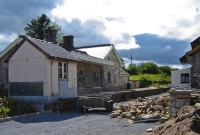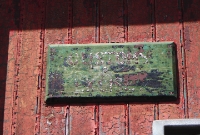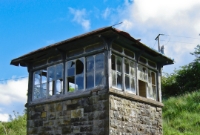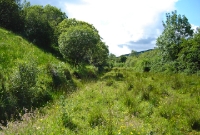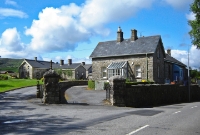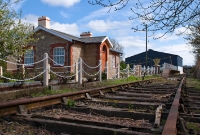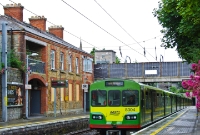Glenfarne
Glenfarne, Co.Leitrim, on the former Sligo Leitrim & Northern Counties Railway line from Enniskillen to Sligo. The SLNCR line closed in October 1957, following the closure of the Great Northern Railway's lines to the west of Enniskillen. Glenfarne retains all its station buildings dating from its opening in January 1880, these include the typical single storey stone station building, complete with canopy, albeit much extended. Opposite the single platform is the SLNCR goods shed and loading bank, where up to the early 1920s, a 2ft gauge goods line terminated there from the nearby Glenfarne Hall estate. At the west end of the station is one of only two surviving SLNCR Saxby & Farmers stone built signal cabins, which remains remarkably intact, complete with original window panes. Irish customs officials inspected trains here following the creation of the border between the Irish Rep. & Northern Ireland in 1922, and to this day the custom hut, complete with name board remains at the station.
